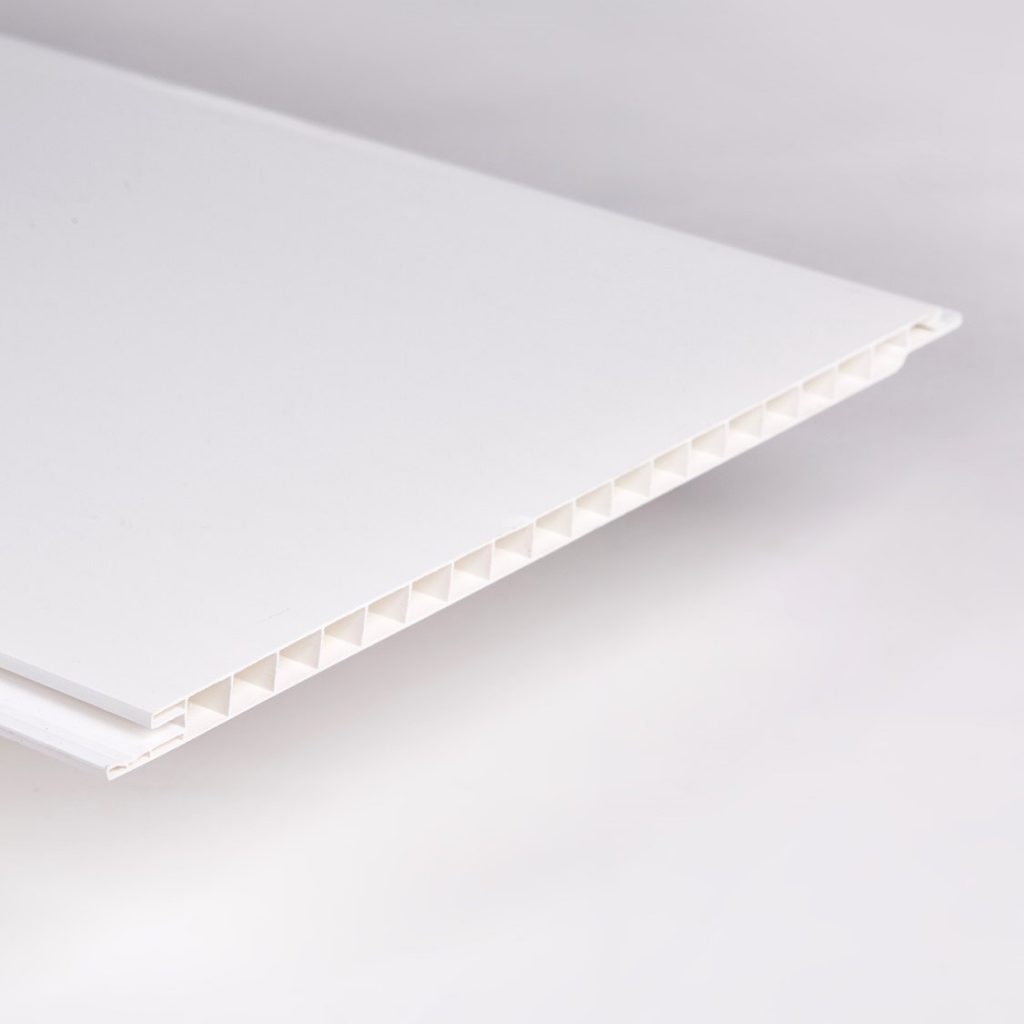
In recent years, the debate between PVC and wood as construction materials has gained significant attention. While both materials have their merits, this article aims to delve into the reasons why PVC stands out as the superior choice. By examining various aspects such as durability, maintenance, environmental impact, and versatility, we will uncover the compelling advantages of PVC over wood.
- Durability:
One of the primary reasons why PVC surpasses wood is its exceptional durability. Unlike wood, which is prone to rotting, warping, and insect infestation, PVC is highly resistant to these issues. Its inherent strength and resistance to moisture make it an ideal choice for outdoor applications, such as decking, fencing, and siding. PVC's longevity ensures that structures built with this material will withstand the test of time, reducing the need for frequent repairs or replacements. - Low Maintenance:
Wood requires regular maintenance, including staining, sealing, and painting, to preserve its appearance and structural integrity. In contrast, PVC requires minimal upkeep. Its color remains vibrant and consistent over time, eliminating the need for painting or staining. Additionally, PVC's resistance to moisture and pests means that it does not require sealing or treatment. This low-maintenance characteristic of PVC not only saves time and effort but also reduces long-term maintenance costs. - Environmental Impact:
Sustainability and environmental consciousness are crucial factors in today's construction industry. PVC offers several environmental advantages over wood. Firstly, PVC is a synthetic material that can be recycled, reducing waste and promoting a circular economy. Secondly, PVC production consumes fewer natural resources compared to wood harvesting, which helps preserve forests and biodiversity. Lastly, PVC's durability and long lifespan contribute to its eco-friendliness by reducing the need for frequent replacements. - Versatility:
PVC's versatility is another key aspect that sets it apart from wood. PVC can be molded into various shapes and sizes, allowing for intricate designs and customization options. It can mimic the appearance of wood, providing the aesthetic appeal desired in many architectural projects, while offering superior performance. Moreover, PVC is available in a wide range of colors, textures, and finishes, providing architects and designers with endless possibilities for creative expression.
Conclusion:
In conclusion, PVC emerges as the clear winner when compared to wood in terms of durability, low maintenance, environmental impact, and versatility. Its resistance to rot, warping, and pests, coupled with its minimal upkeep requirements, make it a cost-effective and practical choice for construction projects. Furthermore, PVC's eco-friendliness and ability to mimic the appearance of wood make it a sustainable and aesthetically pleasing option. As the construction industry continues to evolve, embracing PVC as a superior alternative to wood is a decision that aligns with both practicality and environmental responsibility.





